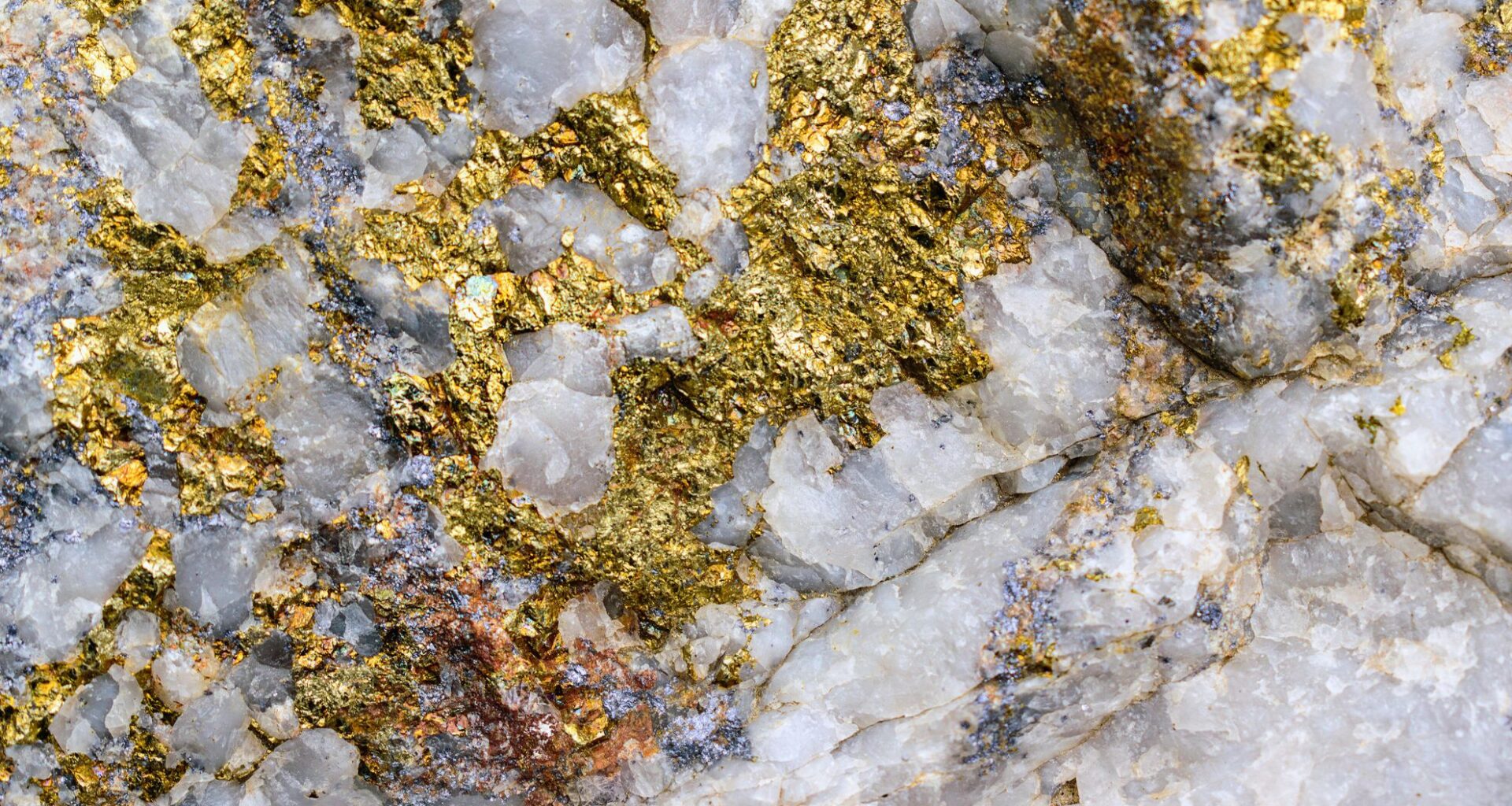A new study funded by the U.S. Department of Energy has confirmed one of the world’s largest known lithium deposits under the Salton Sea in Southern California — a resource valued at roughly $540 billion. According to researchers from the University of California, Riverside, the subsurface geothermal brines here contain enough lithium to produce batteries for an estimated 382 million electric vehicles, more than the total number of cars currently on U.S. roads.
Salton Sea’s Hidden Reserves Dwarf Earlier Estimates
The Salton Sea, a shrinking inland lake in Imperial County, has long been known for its geothermal potential, but new analysis reveals a resource far greater than scientists once believed. Earlier estimates placed the total lithium carbonate equivalent (LCE) at 4 million metric tons. Updated modeling now puts the figure closer to 18 million metric tons, making it a rival to the largest lithium deposits in the world.
Geochemistry professor Michael McKibben, who worked on the study, called the deposit “one of the largest lithium brine deposits in the world,” adding, “This could make the United States completely self-sufficient in lithium and stop importing it through China.” California Governor Gavin Newsom has echoed the strategic importance, labeling the Salton Sea the “Saudi Arabia of lithium.”
Researchers traced the origin of this lithium to a mix of geologic processes: sediments from the Colorado River, leaching from surrounding mountains, and volcanic activity that left behind lithium-rich rocks. Over millions of years, geothermal brines concentrated these minerals deep underground.
An Economic Lifeline for Imperial County
Imperial County is one of California’s poorest regions, with high unemployment and limited economic activity outside of agriculture. The lithium find has spurred officials to brand the area “Lithium Valley,” a bid to attract major EV and battery manufacturers.
Local leaders estimate that lithium production could generate billions in annual revenue. According to the California Energy Commission, annual output could reach a market value of $257 billion, with 80% of local lithium tax revenue directed toward community development. Supporters see this as a once-in-a-generation opportunity to transform the county’s economy and create thousands of skilled jobs.
Extracting “White Gold” Comes With Environmental Hurdles
The method of extraction involves drilling geothermal wells thousands of feet deep to pump superheated brine, separating lithium from the fluid, and reinjecting the remaining liquid to continue generating geothermal power. While this process avoids the land scars of open-pit mining, it’s not without risks.
Water use is a major concern in the drought-stricken Southwest. Although a UC study estimates that lithium extraction would consume only about 3% of the region’s historical water supply, all drawn from the Colorado River, climate-driven shortages could make even this modest demand controversial.
Air quality issues are another challenge. As the Salton Sea recedes, its exposed lakebed emits toxic dust linked to higher asthma rates among the 180,000 residents living nearby. Large-scale industrial activity could worsen this problem unless strict dust-control measures are enforced.
There are also cultural considerations. Obsidian Butte, a volcanic rock formation near the sea, holds spiritual significance for local Native American tribes, raising concerns about potential disturbance from mining operations.
Long-Term Sustainability Is Not Guaranteed
Modeling by the U.S. Department of Energy warns that lithium replenishment in the reservoir is slow. In a forecast scenario where 95% of lithium is removed from geothermal brines starting in 2024, output could drop from 0.8 kilograms per second to 0.3 kilograms per second within 30 years. The most sustainable scenarios would require balancing lithium extraction with geothermal power generation to maintain brine circulation.
On the environmental front, the same study found no evidence of persistent organic pollutants or acutely toxic chemicals in current extraction methods. Seismic risk from geothermal activity remains comparable to the surrounding region, even after decades of energy production. Still, the report calls for continuous monitoring, transparent data sharing, and active engagement with local communities to address concerns early.
The combination of vast reserves, strategic importance, and technical complexity makes the Salton Sea one of the most closely watched sites in the global race for battery metals. If California manages to navigate the economic, environmental, and cultural challenges, “Lithium Valley” could become a model for responsible resource development in the clean energy era.
